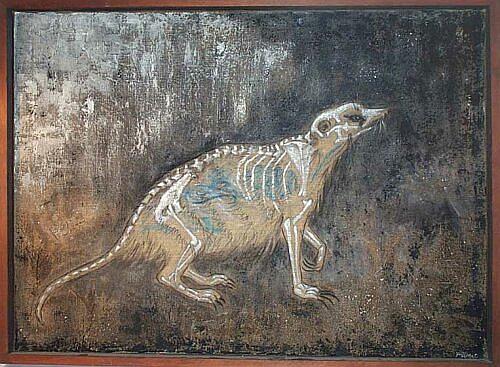Over the past few weeks I have been working on modelled huts to composite into the world of Essimer. These images show my progress so far. I ran into a few issues unwrapping even the most basic of shapes, with the UV's twisting in the weirdest of ways for no apparent reason, so things took longer than they should have to get to this point. I created a template hut to build onto, to ensure the the module pieces would fit together.
 |
| The basic template hut I created. |
I then started building geometry to fit, starting with assorted walls. These still need to be unwrapped and textured.
I also modelled and textured rafter pieces. These were mostly textured in mudbox, and fit together as shown below. I think they have actually come together quite nicely.








